Have you ever marveled at a vibrant graphic on a storefront window, a custom car wrap, or even personalized wall decor? There’s a good chance you were looking at something made from "printable vinyl." It’s an incredibly versatile material that allows designers and businesses to turn almost any surface into a custom canvas.
Printable vinyl is a specialized, flexible vinyl film, typically made from PVC, designed to accept various types of inks from large-format digital printers—such as UV, eco-solvent, solvent, HP Latex, or even water-based inks, and it can also be screen-printed. It features an adhesive backing and a release liner, making it ideal for creating durable, high-quality, custom graphics that can adhere to a wide array of smooth surfaces.
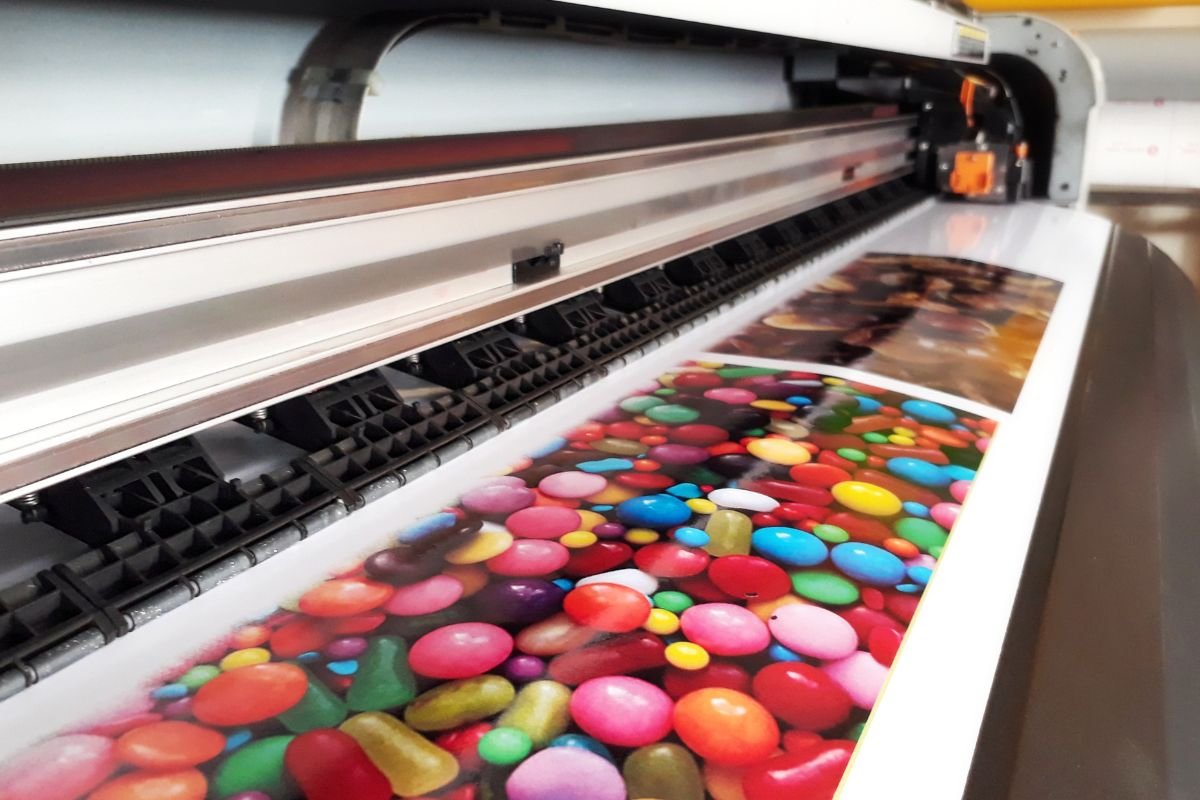
In my long career spanning signage media manufacturing and consulting, I've seen how essential printable vinyl has become. It's truly revolutionized how businesses create visual advertisements and decorative elements. I remember when options were limited, but now, with printable vinyl, custom vibrant graphics are accessible for nearly anything. My company specializes in high-quality printable media, and guiding clients like Mr. Watford through the nuances of this material is a key part of my role. We ensure they get the consistent quality and versatility needed for their projects.
What are the Properties of Printable Vinyl?
Understanding the core characteristics of printable vinyl helps explain its widespread use and effectiveness across diverse applications.
Printable vinyl possesses several key properties that ensure its performance: it is inherently waterproof, UV-resistant (especially when laminated or used with appropriate inks), durable, flexible for application on various surfaces, and features an adhesive backing for easy, secure mounting. Its surface is specifically engineered to achieve vibrant, high-resolution prints with various digital printing technologies.

When I evaluate a new batch of printable vinyl in my factory, these are the properties I look for. First, its print receptivity is paramount. The vinyl's surface needs to accept and hold ink perfectly to produce sharp images and vibrant colors. We fine-tune the coating for this. Second, its durability is key. Made from PVC, it's designed to resist tearing and abrasion. Third, it's inherently waterproof, which means the material itself won't degrade in wet conditions. Combined with waterproof inks (like solvent or UV), this allows for long-lasting outdoor graphics.
Fourth, its flexibility allows it to conform to different shapes, from flat walls to complex vehicle curves. Lastly, the integrated adhesive backing is what makes it "self-adhesive." This adhesive varies in strength and removability, ensuring it sticks firmly but can also be removed cleanly if needed. These combined properties make printable vinyl an incredibly versatile and reliable medium for professional graphic applications.
Key Properties of Printable Vinyl
| Property | Description | Importance for Applications |
|---|---|---|
| Print Receptivity | Ability to absorb and hold various ink types for vivid, sharp images. | Ensures high-quality, professional-looking graphics. |
| Durability | Resistant to tearing, abrasion, and general wear and tear. | Extends the lifespan of graphics, especially outdoors. |
| Waterproof | The vinyl material itself repels water, preventing damage from moisture. | Essential for outdoor signs, vehicle wraps, and bathroom decor. |
| UV Resistance | Ability to withstand prolonged exposure to sunlight without fading (enhanced by inks/laminates). | Prevents colors from degrading in outdoor environments. |
| Flexibility | Can conform to flat, slightly curved, or complex surfaces. | Allows application on diverse substrates like vehicles, walls, and windows. |
| Adhesive Backing | Pre-applied, pressure-sensitive adhesive for easy mounting. | Simplifies installation, eliminates need for separate glues. |
| Dimensional Stability | Resists shrinking or stretching over time. | Maintains graphic integrity, preventing warping or curling. |
What is the Difference Between Printable Vinyl and Vinyl?
The distinction lies in their intended use: one is a blank canvas, the other a finished product.
"Printable vinyl" refers specifically to raw vinyl material designed with a special coating or composition making it receptive to digital inks, typically used for large-format graphics created by a printer. In contrast, "vinyl" is a broader term that can refer to any type of vinyl material, including unprintable colored vinyl (like plotter vinyl for cutting pre-colored designs) or even finished vinyl products like flooring or records, not necessarily intended for printing.
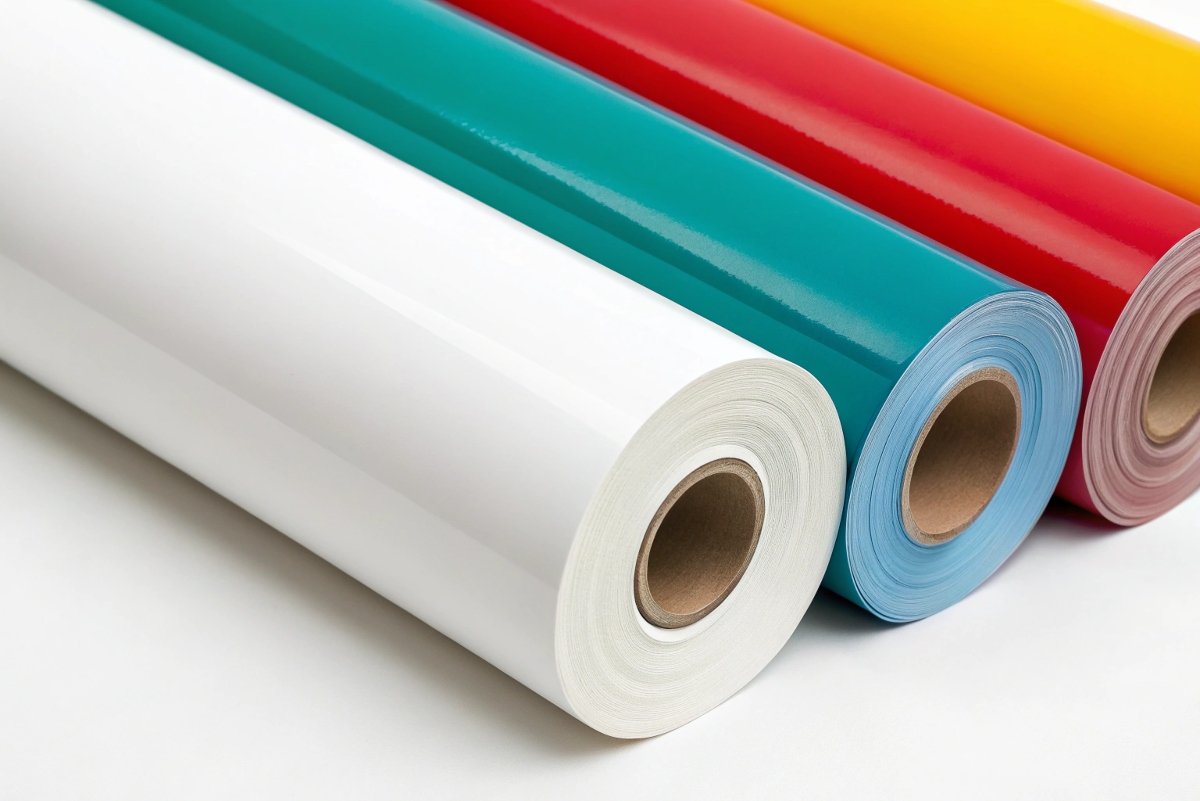
From a manufacturer’s standpoint, this is a crucial distinction. When someone in the print industry says "vinyl," they usually mean "printable vinyl." However, "vinyl" as a general term covers a much wider range of plastic materials. For example, there's "plotter vinyl" or "cutter vinyl," which comes in pre-colored rolls. These are not meant to be printed on with a digital printer in the same way. Instead, designs are cut directly from these colored rolls using a vinyl cutter to create decals, lettering, or layered graphics.
Printable vinyl, on the other hand, is a blank white (or sometimes transparent) slate, perfectly prepared to absorb large volumes of ink from a wide-format printer to reproduce complex, full-color images. My focus, and my company's expertise, is exclusively on providing that specialized "printable vinyl" that our customers use for their vibrant digital output.
Printable Vinyl vs. General Vinyl
| Feature | Printable Vinyl | General Vinyl |
|---|---|---|
| Primary Use | Designed for digital printing of full-color graphics. | Broad term, includes plotter vinyl, flooring, records, etc. |
| Surface | Specially coated/formulated to accept ink. | Can be plain, textured, or pre-colored. |
| Color | Typically white or clear, providing a blank canvas. | Comes in a vast array of solid colors, patterns. |
| Application | Creating custom, complex images and designs. | Cutting out shapes, lettering, or forming products. |
What Do You Use Printable Vinyl For?
Printable vinyl's versatility makes it indispensable across a vast array of industries and creative applications.
Printable vinyl is used for creating a wide variety of custom visual assets, including eye-catching vehicle wraps, impactful window graphics, personalized wall decals, durable floor graphics, vibrant outdoor signage, dynamic exhibition stand branding, and high-quality product labels, owing to its ability to adhere to diverse surfaces and render detailed printed designs.
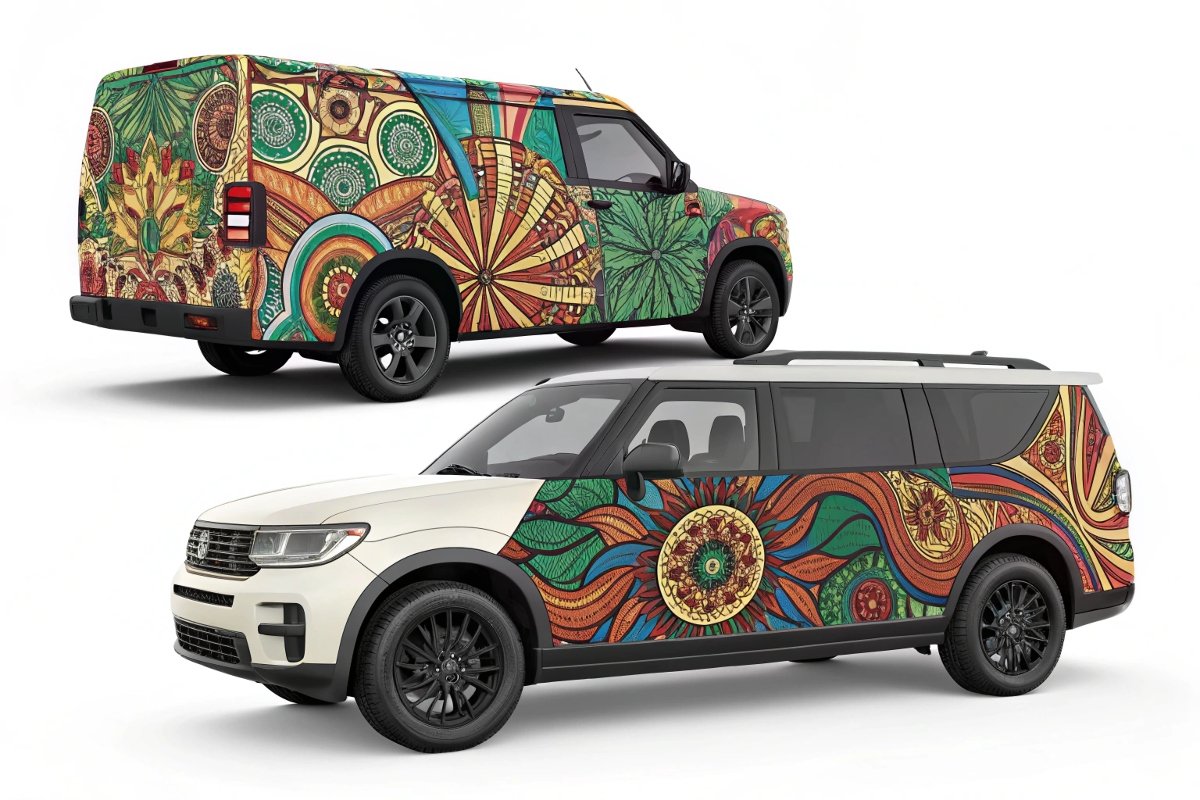
I've seen printable vinyl transform everything from a simple storefront to an entire fleet of delivery trucks. "Vehicle wraps" are probably one of the most prominent uses. Businesses can turn their cars, vans, or even buses into mobile billboards, showcasing their brand everywhere they go. For retail, "window graphics" are essential for promotions, branding, and informing customers.
Inside buildings, "wall decals" offer flexible interior decoration or branding solutions, while "floor graphics" can guide customers or amplify marketing messages directly underfoot. Outside, printable vinyl is fundamental for creating durable "outdoor signage" panels for shops, construction sites, and billboards. At trade shows, it forms the vibrant backdrop and graphics for "exhibition stands." Even for smaller items, it's used to make "product labels" and "personalized stickers" of all kinds. Its ease of customization and application makes it a dream material for anyone looking to make a visual statement.
Common Uses of Printable Vinyl
| Application | Description | Typical Environment |
|---|---|---|
| Vehicle Wraps & Graphics | Full or partial advertising/branding on vehicles. | Outdoor (cars, trucks, buses) |
| Window Graphics | Promotional or decorative displays on glass surfaces. | Indoor & Outdoor (storefronts, offices) |
| Wall Decals & Murals | Custom artwork or branding applied directly to walls. | Indoor (homes, offices, retail spaces) |
| Floor Graphics | Durable graphics applied to walk-on surfaces for advertising or wayfinding. | Indoor (retail, events, public spaces) |
| Outdoor Signage | Graphics for billboards, signboards, building facades. | Outdoor (commercial buildings, roadside) |
| Exhibition Stands | Branding and visual elements for trade show booths. | Indoor (convention centers) |
| Product & Safety Labels | Custom labels for products, machinery, or safety warnings. | Indoor & Outdoor (products, equipment) |
| Banners (rigid back) | Applied to rigid banner materials for outdoor displays. | Outdoor (events, construction sites) |
What's the Difference Between Printable Vinyl vs Sticker Paper?
While both are adhesive and can be printed on, they are fundamentally different in material composition, durability, and intended application.
Printable vinyl is a plastic-based material (PVC) that is highly durable, waterproof, tear-resistant, and designed for long-term indoor or outdoor use with various professional inks. "Sticker paper," in contrast, is typically paper-based, less durable, prone to tearing, usually not waterproof, and intended for short-term, indoor applications or decorative crafts, primarily printed with desktop inkjet or laser printers.
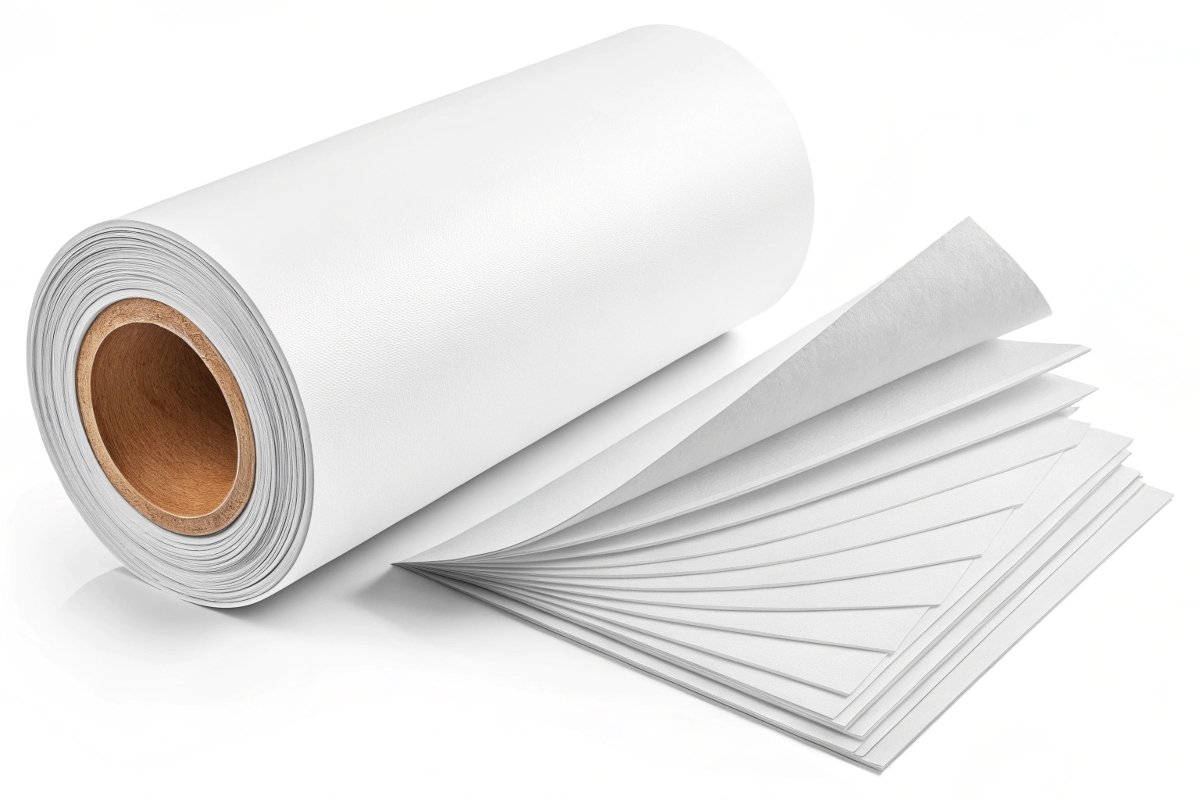
This is a common point of confusion, especially for those new to printing. I often explain that while both "stick," they are built for very different jobs. "Sticker paper" is essentially paper with an adhesive back. It's inexpensive, easy to print on with a standard home printer, and great for school projects, temporary labels, or kids' stickers. However, it tears easily, will get damaged by water, and the colors will fade quickly outdoors.
"Printable vinyl," on the other hand, is a serious industrial-grade material. Being PVC-based, it's inherently tough and flexible. It won't tear easily, and once printed with appropriate inks (like UV or solvent), it becomes waterproof and highly resistant to UV rays, grime, and abrasion. This makes it perfect for long-term outdoor use, vehicle graphics, or anything that needs to withstand the elements or heavy use. My company deals exclusively with printable vinyl because it meets the stringent demands for professional, durable signage and advertising.
Printable Vinyl vs. Sticker Paper
| Feature | Printable Vinyl | Sticker Paper |
|---|---|---|
| Base Material | PVC (plastic-based) | Paper-based |
| Durability | High, resistant to tearing, abrasion. | Low, tears easily. |
| Waterproof | Yes (material is waterproof; print depends on ink/lamination). | No (typically, degrades with water). |
| Outdoor Use | Ideal for long-term outdoor applications. | Not recommended for outdoor use; fades and degrades quickly. |
| Printer Type | Large-format industrial printers (UV, eco-solvent, etc.). | Desktop inkjet/laser printers. |
| Cost | Higher | Lower |
| Applications | Vehicle wraps, outdoor signs, windows, durable labels. | Craft projects, temporary labels, indoor decorations. |
How To Use Printable Vinyl?
Using printable vinyl effectively involves a series of steps from design to printing and precise application.
To use printable vinyl, first design your graphic using appropriate software, then print it onto the vinyl using a compatible large-format digital printer and ink type. After printing, optionally laminate the graphic for protection, then carefully prepare the application surface to be clean and dry. Finally, meticulously apply the vinyl to the surface, typically using a squeegee to smooth it out and remove air bubbles, followed by trimming if necessary.
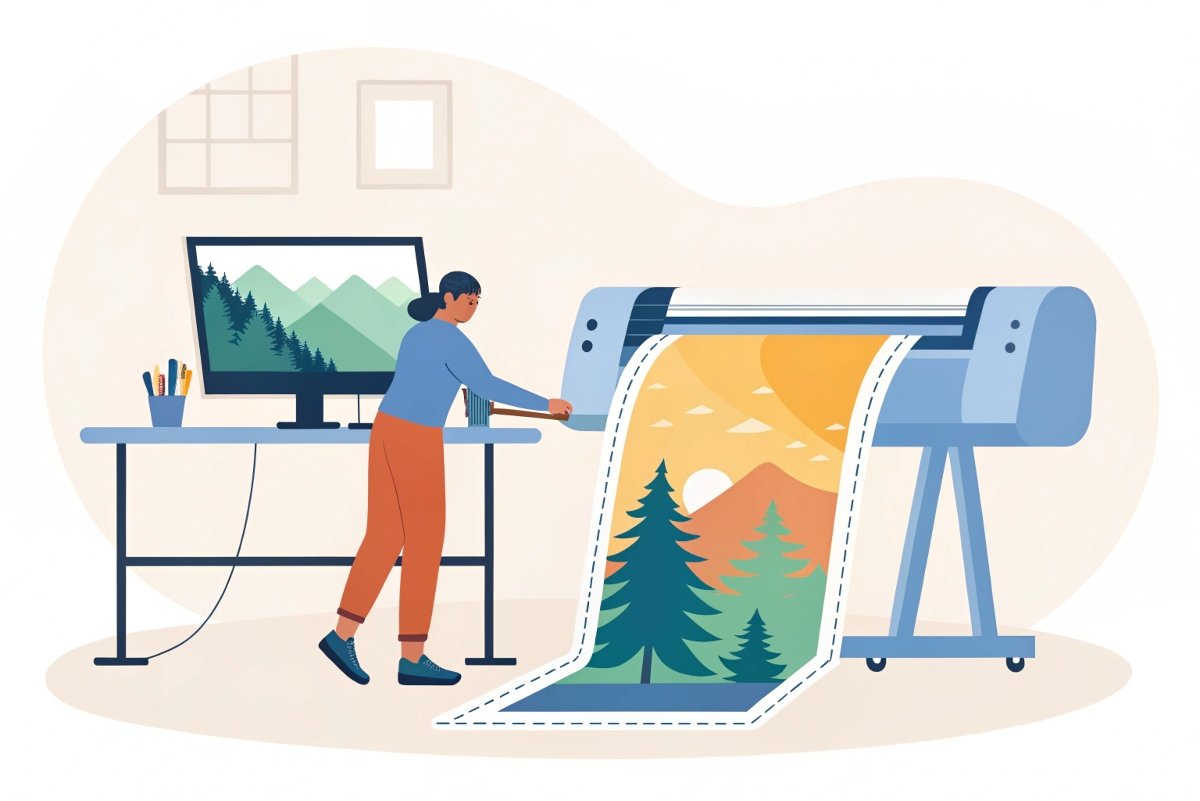
My team often provides guidance to clients on the best practices for using our printable vinyl, because even the highest quality material needs proper handling. The process begins with a high-resolution "design" – a crisp image and clear text are essential, as what you print is what you get. Next comes the "printing" phase. This requires a compatible large-format printer and the right inks. We work with various ink types, but for durable outdoor applications, UV or solvent inks are paramount.
After printing, for anything exposed to harsh weather or heavy use (like vehicle wraps or floor graphics), "lamination" is a critical step. A clear protective film is applied over the print, dramatically extending its life and protecting it from UV rays, scratches, and chemicals. The "application" itself is where expertise really shines. The surface must be meticulously clean and dry. Then, the vinyl is applied carefully, often with a squeegee to push out air bubbles and ensure a smooth, wrinkle-free finish. Proper post-heating might be needed for complex curves. Mastering these steps ensures the professional, long-lasting results that print professionals and advertising materials purchasers expect.
Steps for Using Printable Vinyl
| Step | Description | Key Considerations |
|---|---|---|
| 1. Design | Create vector or high-resolution raster graphics in design software. | Ensure high resolution (DPI), correct color profiles (CMYK). |
| 2. Print | Load vinyl into a compatible large-format printer and use appropriate inks. | Match ink type to vinyl and application (UV, solvent, latex, water-based). |
| 3. Laminate (Optional) | Apply a clear, protective overlaminate film over the printed graphic. | Enhances durability, UV protection, scratch resistance, and finish. |
| 4. Surface Prep | Clean the application surface thoroughly, ensuring it's dry and free of debris. | Crucial for optimal adhesion and to prevent bubbles/imperfections. |
| 5. Application | Carefully position and apply the vinyl, typically using a squeegee. | Use proper techniques to avoid bubbles, wrinkles, or stretching. |
| 6. Trim & Finish | Trim excess vinyl and perform any necessary post-heating for complex curves. | Ensures a clean, professional edge and proper adhesion on contours. |
Conclusion
Printable vinyl is a durable, waterproof PVC film with an adhesive backing, designed for vibrant large-format digital printing. It differs from general vinyl and sticker paper by its specialized print surface and superior durability for professional applications like vehicle wraps and outdoor signage. Using it effectively involves careful design, printing with compatible inks, optional lamination, and meticulous application for long-lasting results.
Annotated Reading:
- PVC (Polyvinyl Chloride): A widely produced synthetic plastic polymer known for its versatility, durability, and water resistance, making it ideal for self-adhesive vinyl films. https://en.wikipedia.org/wiki/Polyvinyl_chloride
- UV Ink: Inks that cure (harden) instantly when exposed to ultraviolet (UV) light. They are highly durable, scratch-resistant, and suitable for outdoor use on a wide range of materials.
- Eco-Solvent Ink: A type of ink used in large format printers, known for being less harmful than traditional solvent inks due to lower volatile organic compound (VOC) content. It offers good outdoor durability.
- Solvent Ink: A powerful type of ink known for its extreme durability and long-term outdoor resistance to weather and UV radiation. It works by dissolving into the surface of the print material.
- HP Latex Ink: Water-based inks developed by Hewlett-Packard, offering an environmentally friendly alternative with excellent print quality, good outdoor durability, and no special ventilation needs.
- Water-Based Ink (Aqueous Ink): Inks that use water as their primary solvent. They are generally eco-friendly and produce vibrant colors but typically require a special coating on the media and may not be as durable for outdoor use without lamination.
- Screen Printing: A printing technique where a mesh screen is used to transfer ink onto a substrate, except in areas blocked by a stencil. It's often used for printing repeatable designs on various materials. https://en.wikipedia.org/wiki/Screen_printing
- DPI (Dots Per Inch): A measure of spatial printing dot density, used to describe the resolution of an image when it is printed onto a physical medium. Higher DPI generally means higher print quality.
- CMYK: A subtractive color model used in color printing, representing the four primary ink colors: Cyan, Magenta, Yellow, and Key (black). It's the standard for professional print production. https://en.wikipedia.org/wiki/CMYK_color_model
- Laminate: A clear, protective layer (usually a film) applied over a printed graphic. It enhances durability, protects against UV fading, abrasion, moisture, and chemical exposure, and can alter the finish (e.g., gloss, matte).


